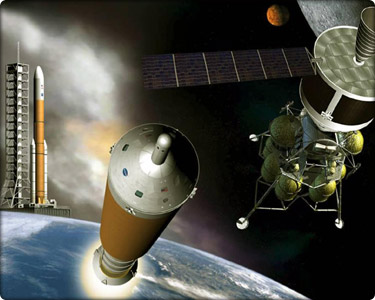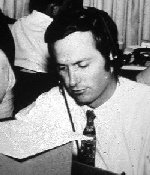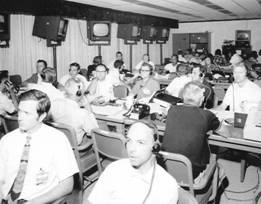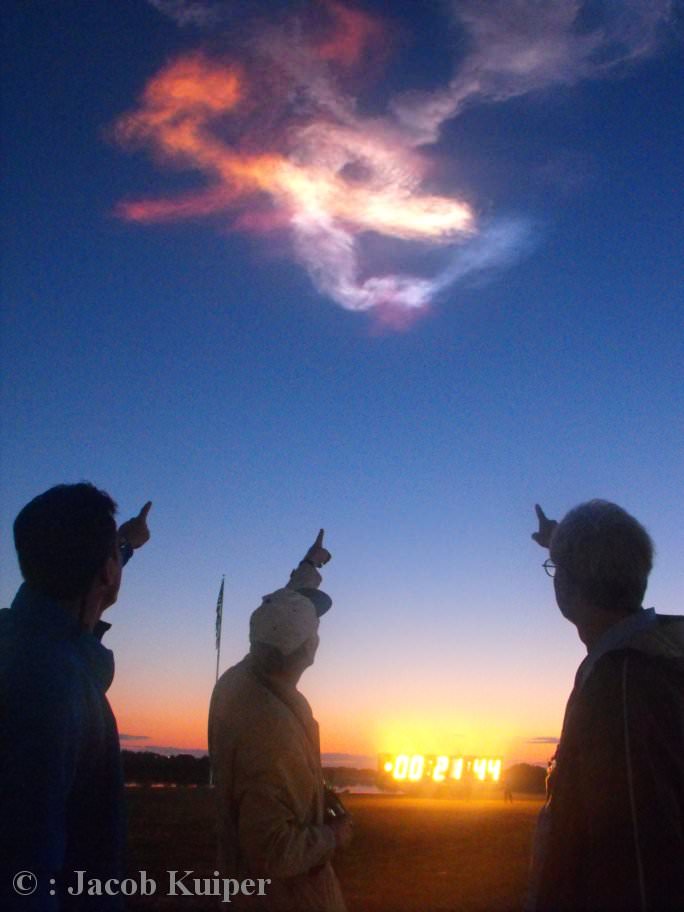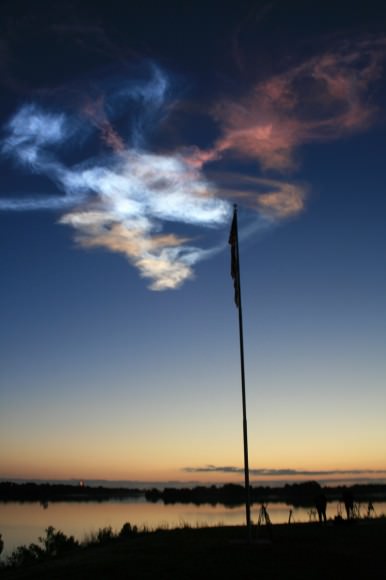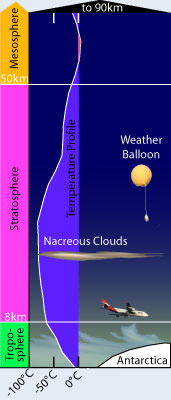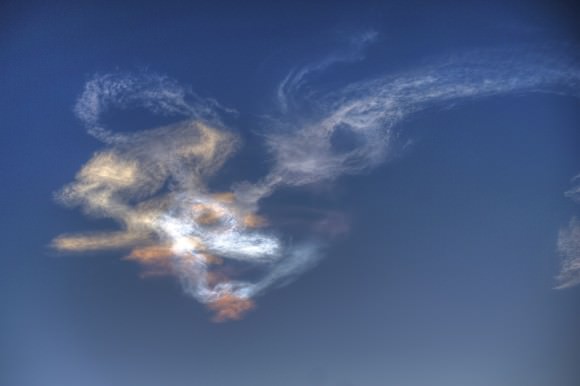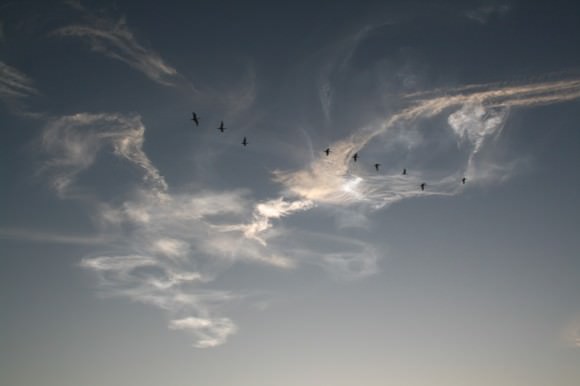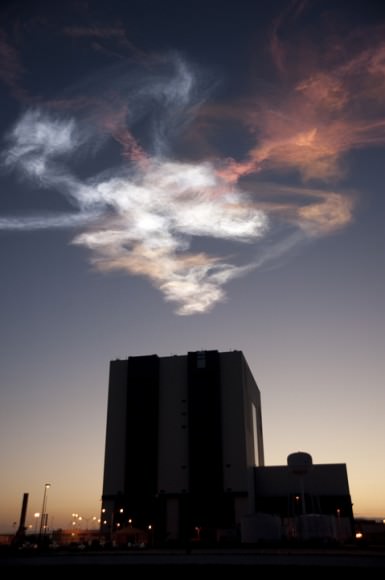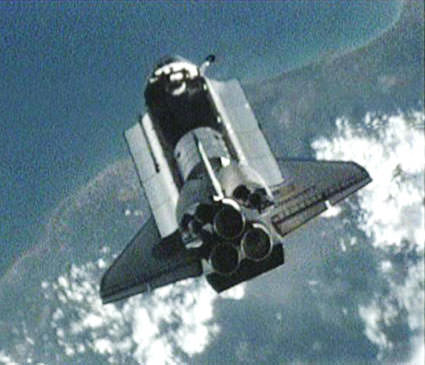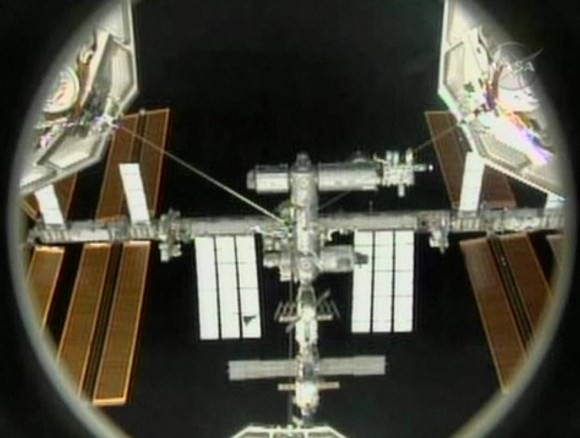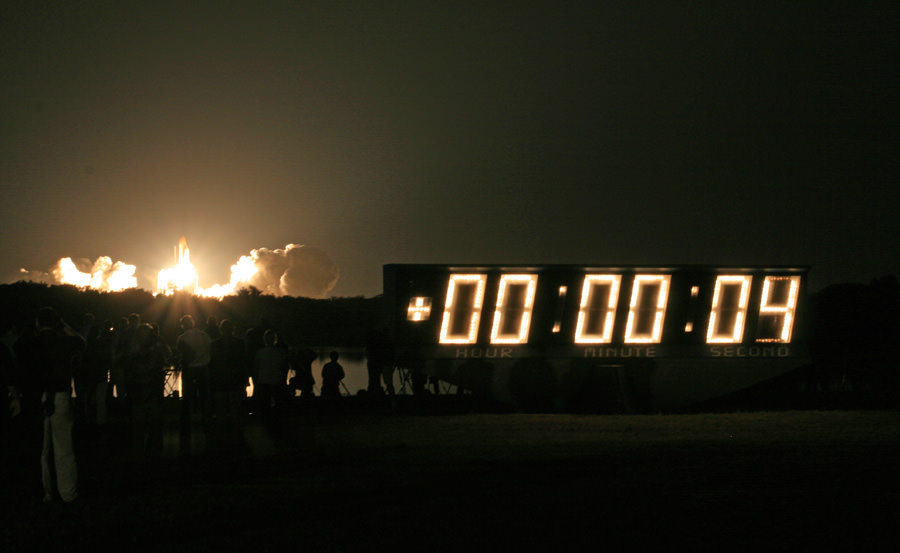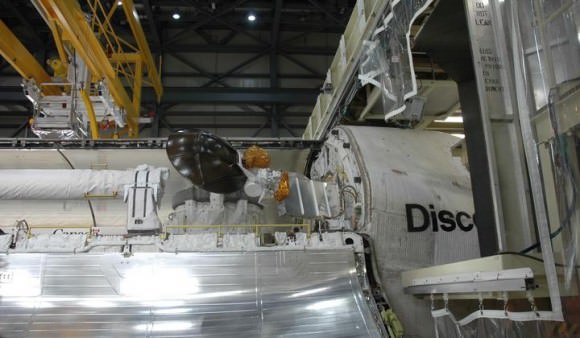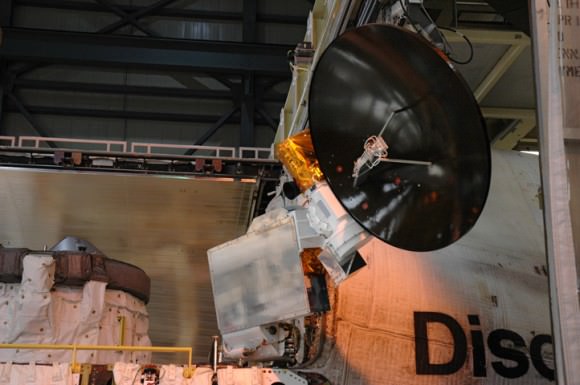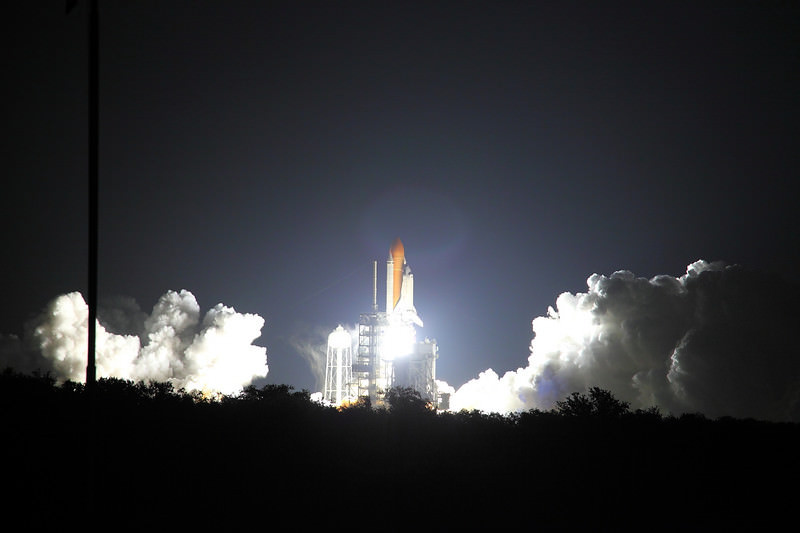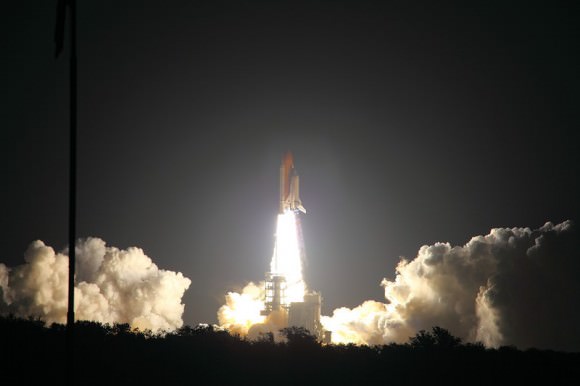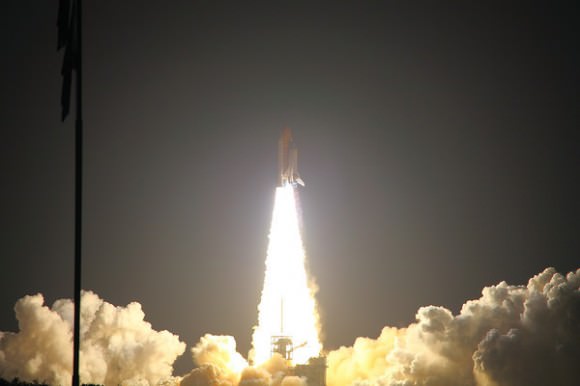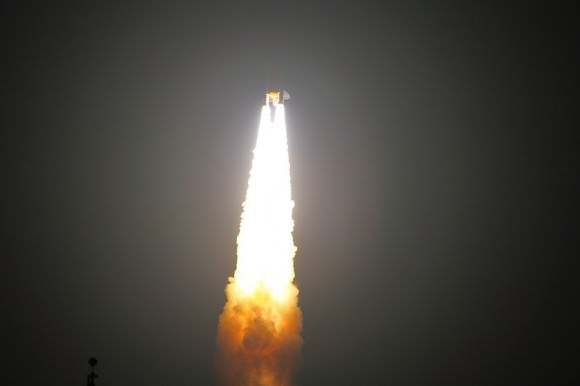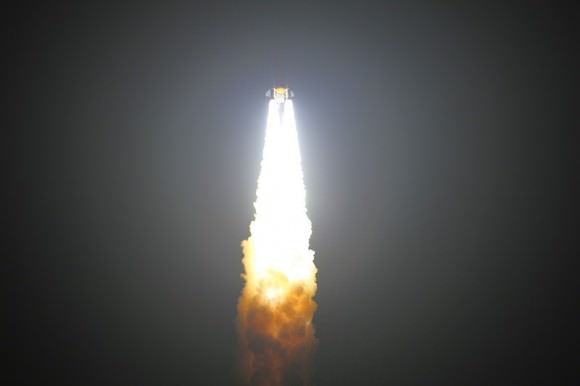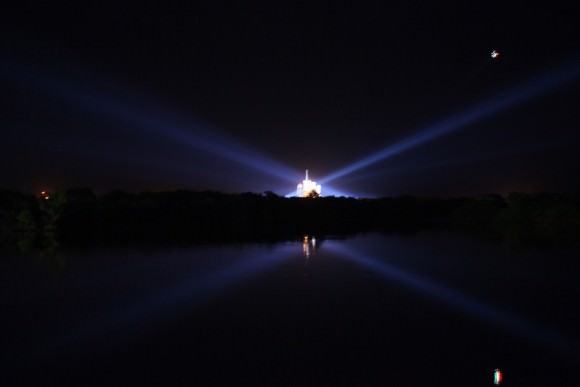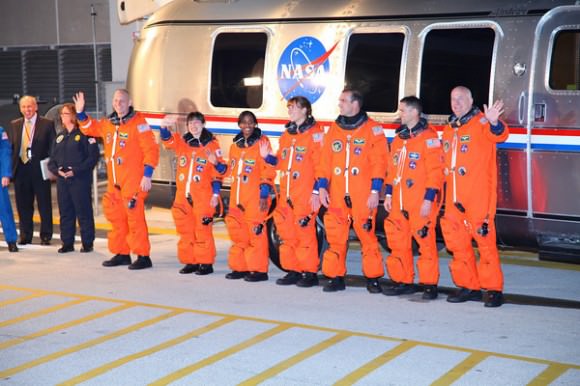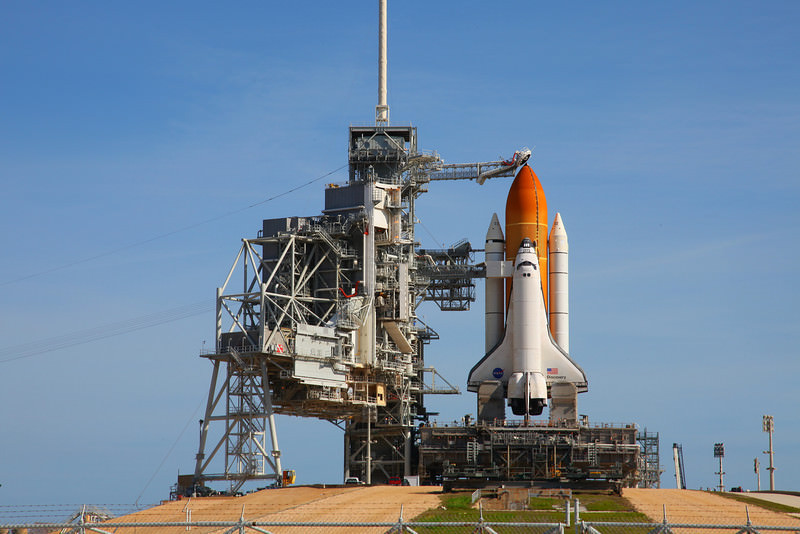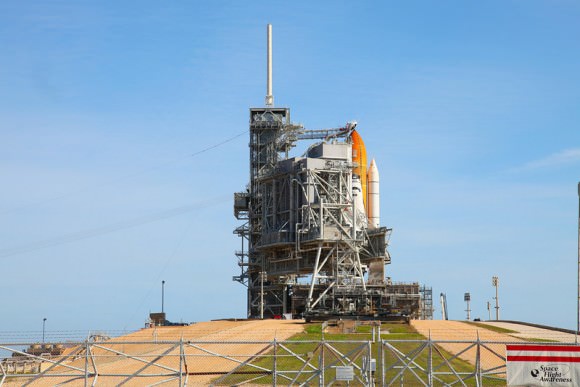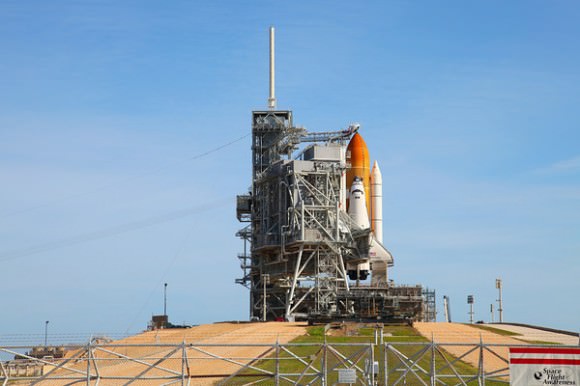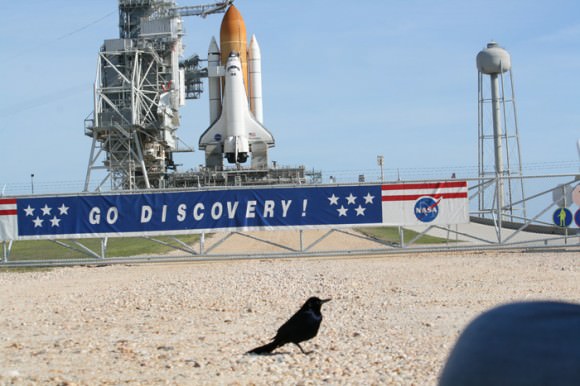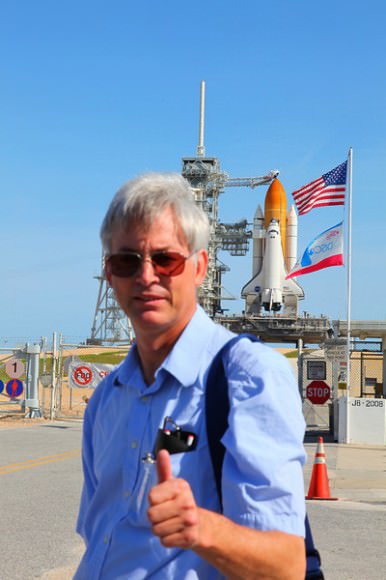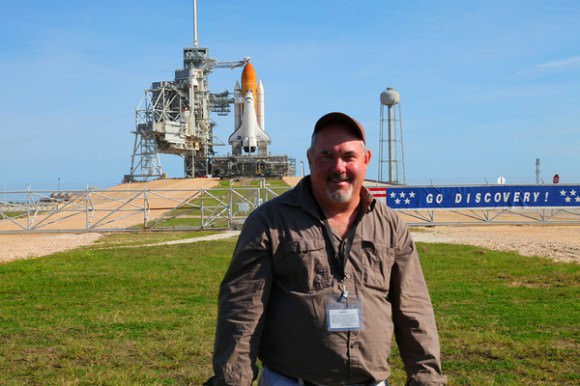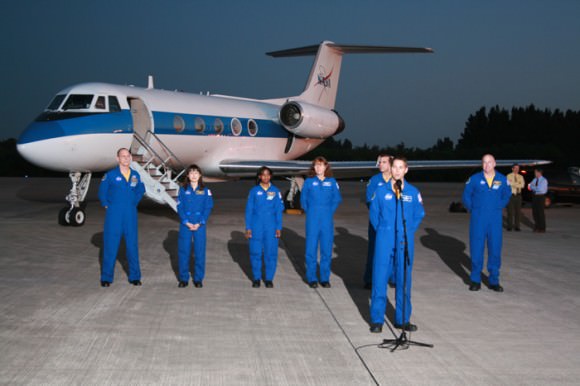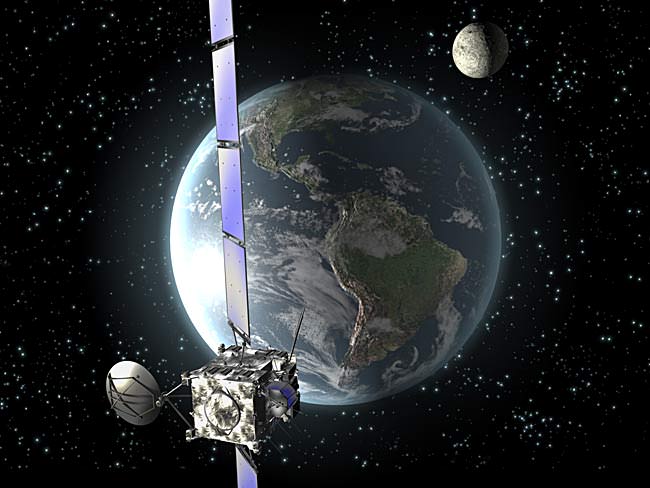[/caption]
Everyone seems to be a little confused and in the dark about the direction NASA will be headed if Obama’s proposed FY2011 budget passes. Yesterday’s hastily called press briefing answered a few question, but not the big issues of where we’ll be going and how we’re going to get beyond low Earth orbit. Yes, Bolden did say that Mars is the ultimate destination but everyone knows we can’t just pick and go to Mars. NASA needs a vehicle to get there, and getting there will require doing it in incremental steps, such as going to the Moon or asteroids first. There’s no plan (yet) for a vehicle and no plans for those incremental steps. Hopefully Obama’s “Space Summit” on April 15 will provide some answers.
I’m of two minds about this whole deal.
First, I love the space shuttle. I’ve just spent two months at Kennedy Space Center. I experienced the launch of Endeavour, got to see Endeavour and Discovery up closer than I ever imagined, saw behind the scenes processing, met people who work with the shuttles every day, and talked with people whose livelihood depends on NASA sending people to space.
And admittedly, any talk of extending the shuttle program makes my heart leap just a little. It’s a beautiful, marvelous, incredible machine – many say the most complex device ever invented by humans. And why shouldn’t we keep flying it? NASA managers like Mike Moses, Mike Leinbach and John Shannon say that since the Columbia accident we now know the shuttle and understand the risks better than ever. Right now, it definitely would be safer to fly on a shuttle than to fly on a new, untested commercial rocket.
And the jobs lost – not only at KSC but at Johnson Space Center, other NASA centers and contractors — by ending the shuttle and canceling Constellation means individuals who have these incredible skill sets for getting people to space may not be needed anymore. There are things they know that just can’t be replaced, replicated or restarted five or ten years down the road.
Bolden said yesterday that there should be new jobs under the new budget which provides more money for NASA, but nobody really knows yet how many and where.
One of the most poignant questions asked by a reporter at yesterday’s press briefing came at the very end: What’s to say that when a new administration enters the White House that we won’t come back to starting over again with a whole new program?
“If we execute the budget as proposed and prove that we are on a sustainable path, that is the best protection for a subsequent administration not having to change course,” said Lori Garver, Deputy NASA Administrator. “That’s the goal, to not be in this position every four years. These technologies we will be developing will allow us to leave low Earth orbit and go to interesting places. We’ll be able to determine the best places to go, and we should have the data to do it and the capabilities to do it that are more affordable, which has been the goal since the beginning to the space program.”
So this is where my other mind kicks in.
Change is hard. It’s really hard when people’s lives and livelihood are affected. But without change, we get comfortable and getting comfortable means we do the same things over and over.
Running NASA the same way ever since the end of Apollo, while giving us the amazing vehicle that is the space shuttle, has not gotten humans beyond low Earth Orbit, and I think everyone agrees we want to be able to go other places.
Last year NASA turned 50 and there were some comments about NASA reaching middle age and acting like it, too. Change is what keeps us young, and change keeps us on our toes. When you’re willing to change and get out of your comfort zone, you make a commitment to the unknown. And that’s what NASA should be all about. Our memories can’t be bigger than our dreams.
Perhaps the hardest thing about these proposed changes to NASA is that Obama and Bolden are asking for change without telling us exactly what the change is. Maybe they don’t know yet, but this is something we can’t just figure out along the way.
There’s the famous saying that life is not about the destination but the journey, or the other saying that the best thing about being in a race is competing in it. But most journeys have a map and most races have a finish line.
If the proposed budget and plan goes through, this will give us a shot at journeying beyond. Now we just need to know where we’re going and how we’re going to get there.
I started writing this to report on yesterday’s briefing by Charlie Bolden, Lori Garver and other NASA officials, but clearly it turned into something different. Here are a few links to articles by other journalists who wrote about the briefing and what might be coming next:
Reuters: NASA Maps Plan for Revamped Space Program
NASA Chief Maps Out Space Agency’s Future Beyond Shuttle by Tariq Malik at Space.com
NASA Chief Charts Agency’s Shuttle-Less Future by Seth Borenstein, AP
The Write Stuff Blog at the Orlando Sentinel quickly distills what the changes will mean for the different NASA Centers:
Plans for Kennedy Space Center under Obama 2011 budget
What JSC can Expect from the NASA Reshuffle
What Marshall Can Expect from the NASA Reshuffle
Houston Chronicle’s Eric Berger, The SciGuy: Job Cuts Worry Space Center Boss and Answers Coming Today on NASA’s Future
Congressional Reactions to NASA’s Work Assignments by Jeff Foust at Space Politics
NASA Announces Programs and Costs for the Next Five Years by Dennis Overbye, New York Times
And finally, this NASA budget page provides links to all the NASA documents published about the new budget

